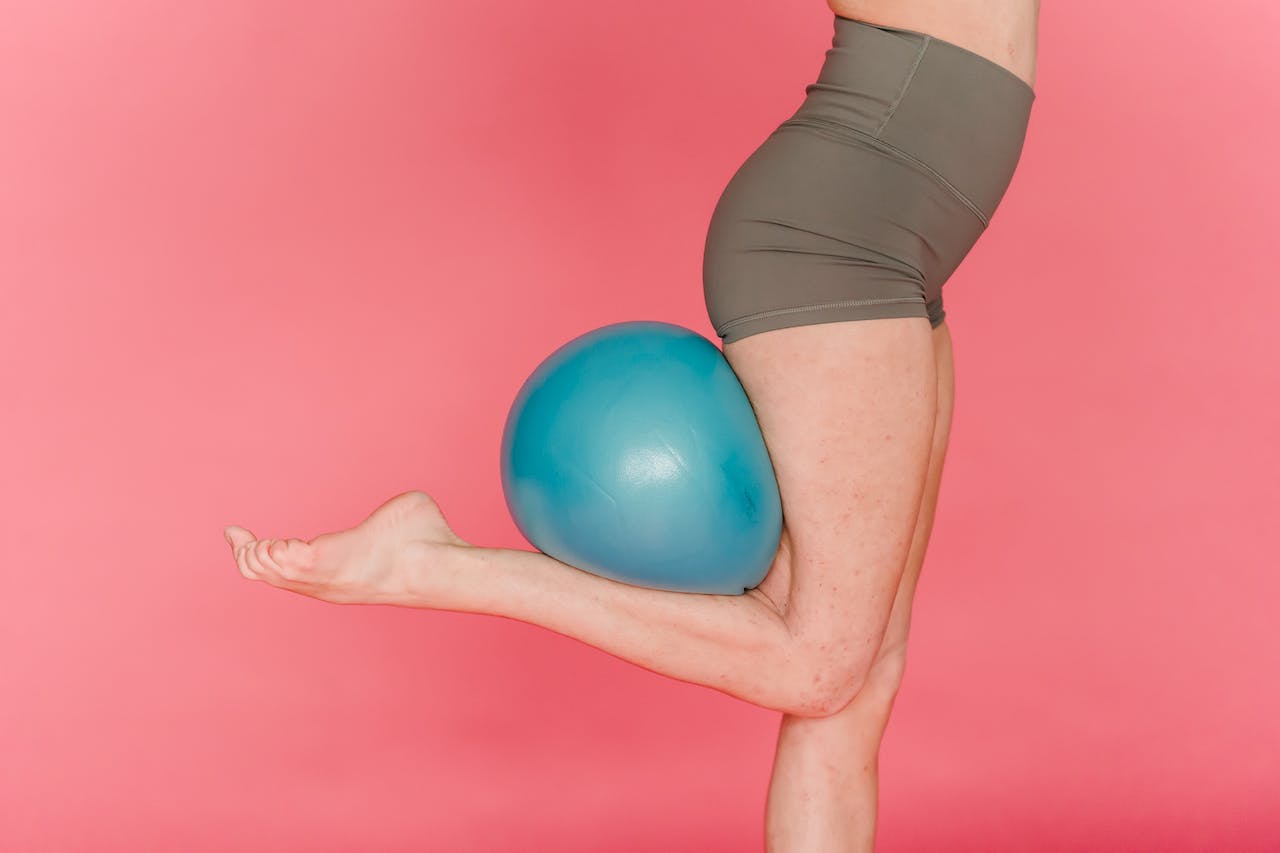
How to Grow and Have Big Glutes: A Comprehensive Guide
Gaining bigger, stronger glutes is not just about improving your physical appearance; it also goes a long way in enhancing your overall body strength, stability, as well as preventing injuries.
This article aims to provide a detailed elaboration on how to grow and maintain large gluteal muscles.
Anatomy and Function of Glutes
Before diving into the strategies for growing your glutes, it’s important to understand the anatomy. The glutes comprise three main muscles: the Gluteus Maximus, Gluteus Medius, and Gluteus Minimus. The Gluteus Maximus is the largest of the three and primarily responsible for hip extension, leg rotation, and maintaining an upright posture.
The Gluteus Medius and Minimus, located on the sides of the buttocks, aid in hip abduction, rotation, and stability when you’re standing on one leg. Understanding these muscles is critical when devising an exercise plan since different exercises target different glute muscles.
Nutrition for Bigger Glutes
Building muscle anywhere in the body requires not just physical training but also proper nutrition. Here are some nutritional tips to consider:
1. Adequate Protein: Proteins are the building blocks of muscle tissue. Incorporating sufficient amounts of lean meats, fish, eggs, nuts, seeds, and legumes into your diet ensures your body has the necessary material to build and repair muscle.
2. Complex Carbohydrates: These help fuel your workouts and replenish spent glycogen stores in your muscle tissue, aiding in recovery. Include foods like oats, brown rice, whole grain bread, and sweet potatoes in your meals.
3. Healthy Fats: Essential for hormone regulation, healthy fats also provide energy and help your body absorb certain nutrients. Avocados, nuts, seeds, and fatty fishes are excellent sources.
Remember, an overall calorie surplus (consuming more calories than you burn) can aid in muscle growth, but it needs to be balanced to avoid unnecessary fat gain.
Exercise Regimen for Glute Growth
Strengthening your glutes involves more than just squats. Below are some effective exercises:
1. Hip Thrusts: This exercise primarily targets the Gluteus Maximus. By adding resistance, like a barbell or resistance band, you can further engage your glutes.
2. Lunges: These are great for hitting all three glute muscles. You can modify lunges to focus on different areas – front lunges, side lunges, curtsy lunges, etc.
3. Deadlifts: One of the best compound exercises you can do, deadlifts target multiple muscle groups including your glutes.
4. Glute Bridges: Ideal for beginners, this exercise is great for activating the glutes without involving a lot of other muscles.
5. Step-ups: This not only works your glutes but also leans heavily on your stabilizer muscles.
Training Frequency and Intensity
Training frequency and intensity are key to proper muscle development. For optimal glute growth, you should be engaging in glute-focused exercises 2-3 times a week. Consistency is key, so, while you don’t want to overdo it and risk injury, you should still aim to maintain regular training sessions.
Rest and Recovery
Resting is just as important in muscle building as the actual exercises. When you work out, you create small tears in your muscle tissue. Rest days allow these to heal and grow back bigger and stronger. Pairing regular rest with adequate protein, as mentioned above, is an effective combination in muscle recovery and growth.
To conclude, building bigger glutes does not happen overnight; it requires dedication, the right workouts, ample nutrition, and sufficient rest. By focusing your training on the different muscles in your glutes, incorporating proper nutrition, and allowing for rest, you can gradually build and maintain significant glute growth. Remember, everyone’s body responds differently, so what works best for one person may not work as well for another. It’s crucial to listen to your body and adjust your practices as needed.



